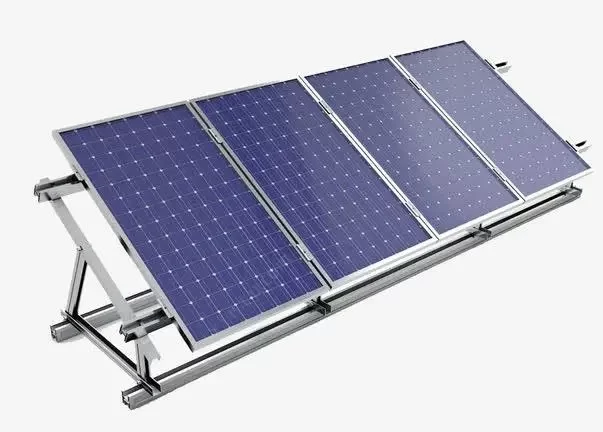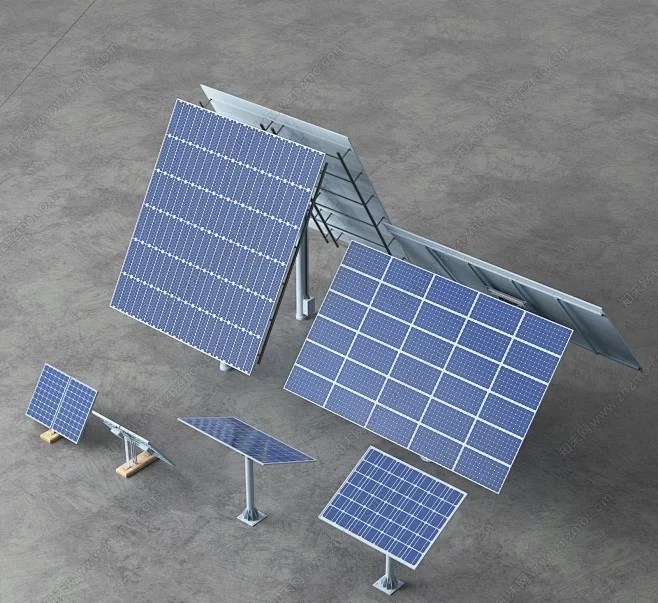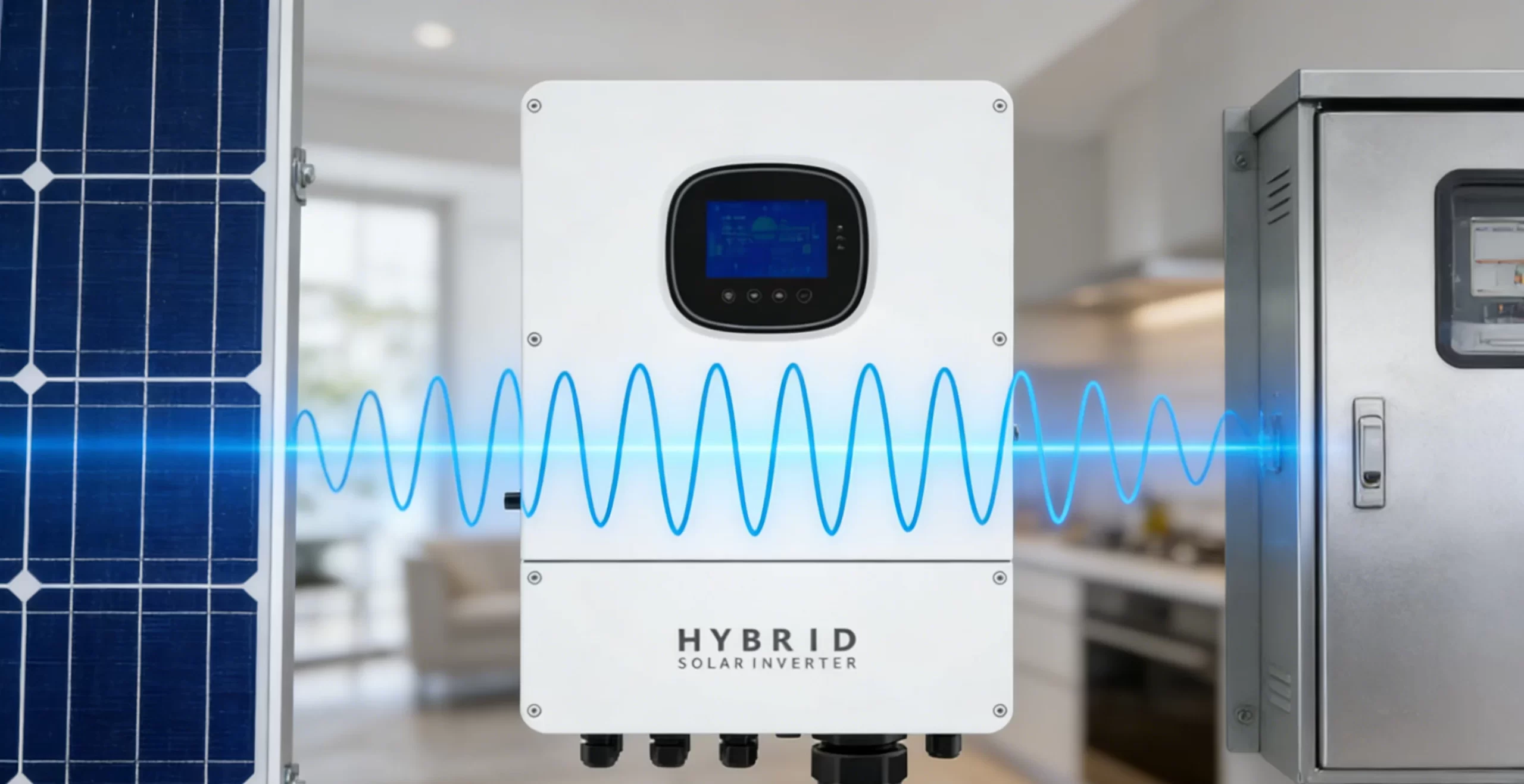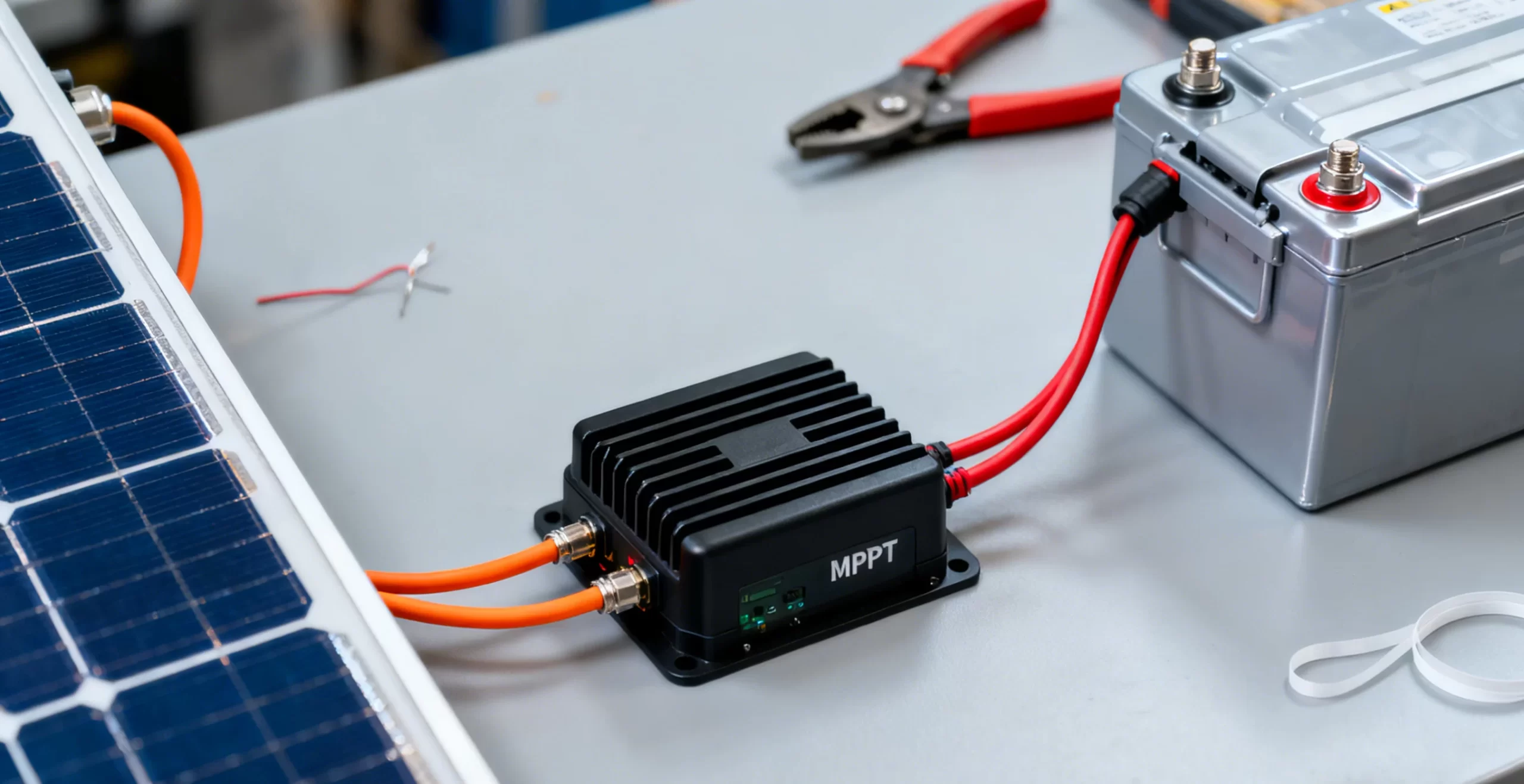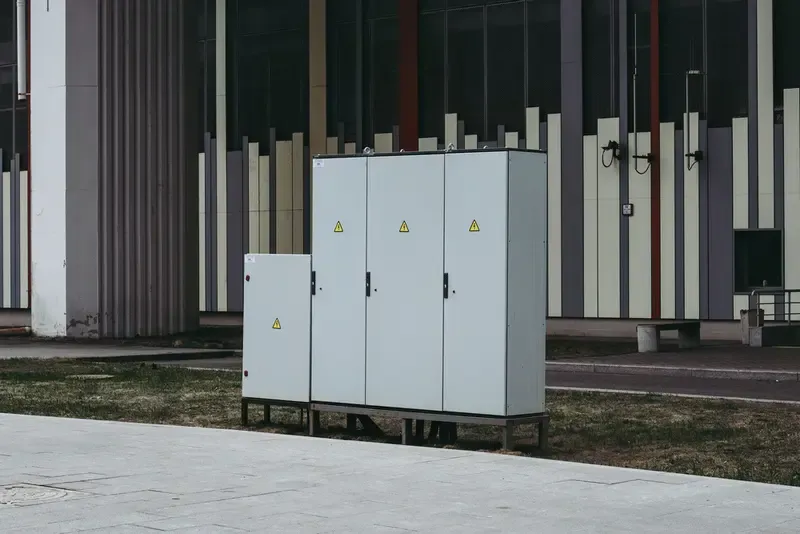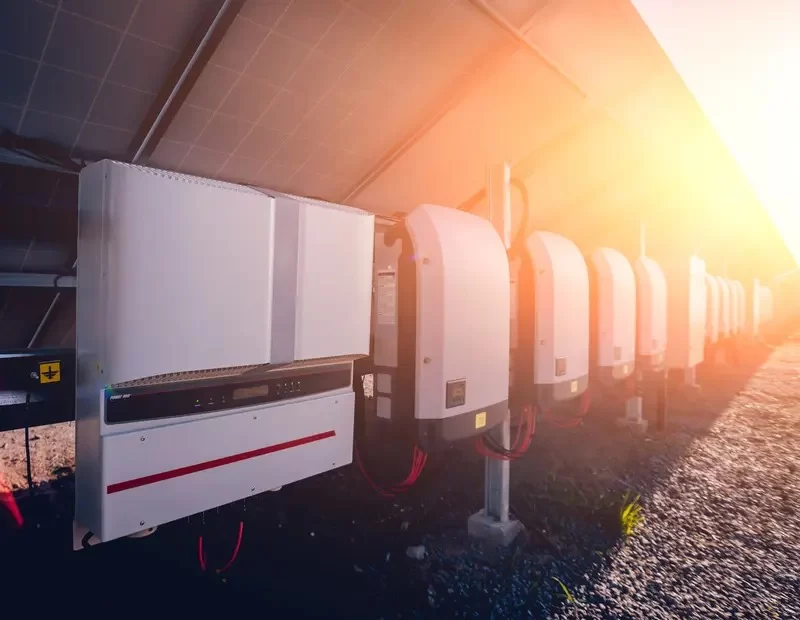- tel:+86-13651638099
- Email: [email protected]
- Official website: www.hj-net.com
- Address: 333 Fengcun Road, Fengxian District, Shanghai
Get A Quote Now!
Delving Deeper into Solar Modules
Table of contents
In the quest for sustainable energy solutions, solar energy has emerged as a leading contender. As a renewable and eco-friendly source of power, it addresses the growing global demand for cleaner energy. The cornerstone of this green revolution is the solar module, a crucial component that captures and converts sunlight into electricity.
A solar module, often known as a solar panel, is a collection of solar cells designed to harness solar energy. This article aims to provide a comprehensive understanding of solar modules, their types, applications, and the integral role of solar panel brackets in optimizing their performance.
1. Basic Concepts of Solar Modules
What is a Solar Module?
A solar module consists of multiple interconnected solar cells encapsulated in protective materials to ensure durability and efficiency. These cells work on the principle of the photovoltaic effect, where sunlight induces electric current in semiconductor materials, typically silicon.Relationship Between Solar Modules and Solar Panels
While the terms solar module and solar panel are often used interchangeably, a solar panel generally refers to an assembled unit ready for installation, encompassing the solar module and other necessary components. This clarification helps in understanding the broader scope of solar panel systems and their installation nuances.2. Types and Applications of Solar Panels
Monocrystalline Solar Panels
Monocrystalline solar panels are made from single-crystal silicon, known for their high efficiency and longevity. These panels are ideal for limited space scenarios due to their higher power output per square meter, making them perfect for residential rooftops and small commercial installations.Polycrystalline Solar Panels
In contrast, polycrystalline solar panels are made from silicon crystals melted together. They offer a balance between cost and efficiency, making them a popular choice for residential and commercial applications where space is less constrained and budget considerations are paramount.Thin-Film Solar Panels
Thin-film solar panels, created by depositing photovoltaic material on a substrate, are flexible and lightweight. These panels are suitable for unconventional surfaces like building facades and portable solar devices. However, they generally have lower efficiency compared to crystalline silicon panels.Emerging Solar Panel Technologies
Innovative solar technologies such as organic photovoltaic cells and perovskite solar cells are on the horizon. These advancements promise higher efficiencies and potentially lower production costs, heralding a new era of solar energy applications.3. The Role and Selection of Solar Panel Brackets
Functions of Solar Panel Brackets
Solar panel brackets are vital for the secure installation and optimal orientation of solar panels. They ensure the panels are firmly mounted, withstand environmental stresses, and are positioned to maximize solar exposure.
Types of Solar Panel Brackets
- Fixed Brackets: These provide a stable, non-adjustable mounting solution, ideal for areas with consistent sunlight exposure.
- Adjustable Brackets: These allow for manual adjustment of the panel’s angle to capture more sunlight throughout the year.
- Tracking Brackets: These advanced systems automatically adjust the panel’s position to follow the sun’s path, maximizing energy capture.
Choosing the Right Solar Panel Bracket
Selecting the appropriate bracket involves considering geographical location, climate conditions, and specific energy requirements. Cost and maintenance are also critical factors, as more sophisticated tracking systems can be expensive and require regular upkeep.
4. Practical Applications of Solar Modules
Residential Solar Systems
For homeowners, installing a solar system involves understanding the setup process, which includes assessing roof space, selecting suitable panels and brackets, and calculating potential savings. While the initial investment can be significant, the long-term benefits include reduced electricity bills and increased property value.
Commercial Solar Systems
Businesses can leverage large-scale solar installations to offset operational costs and enhance sustainability credentials. The economies of scale in commercial setups often result in a quicker return on investment compared to residential systems.
Industrial Solar Systems
In industrial applications, solar modules are used for large-scale power generation projects. These systems contribute significantly to reducing carbon footprints and operational costs, providing both environmental and economic benefits.
5. Future Developments and Innovations
Advancements in Solar Module Technology
Future trends in solar module technology focus on improving efficiency and reducing costs. Breakthroughs in material science and manufacturing processes are expected to drive these advancements, making solar energy more accessible.
Innovations in Solar Panel Brackets
Smart tracking systems and the use of novel materials are set to revolutionize solar panel brackets. These innovations aim to enhance the durability, flexibility, and efficiency of solar installations.
Policy and Market Outlook
Supportive government policies and increasing market demand are likely to spur further growth in the solar industry. Incentives and subsidies for renewable energy adoption will play a pivotal role in accelerating the transition to sustainable energy solutions.
6. Conclusion
In conclusion, solar modules are indispensable in the pursuit of renewable energy. Their efficiency and effectiveness are greatly influenced by the types of panels used and the quality of the supporting brackets. Understanding these components’ intricacies ensures optimal energy generation and sustainability.
As technology advances, the future of solar energy looks promising. Continued innovation and supportive policies will likely enhance the role of solar power in the global energy mix, paving the way for a greener and more resilient energy future.


